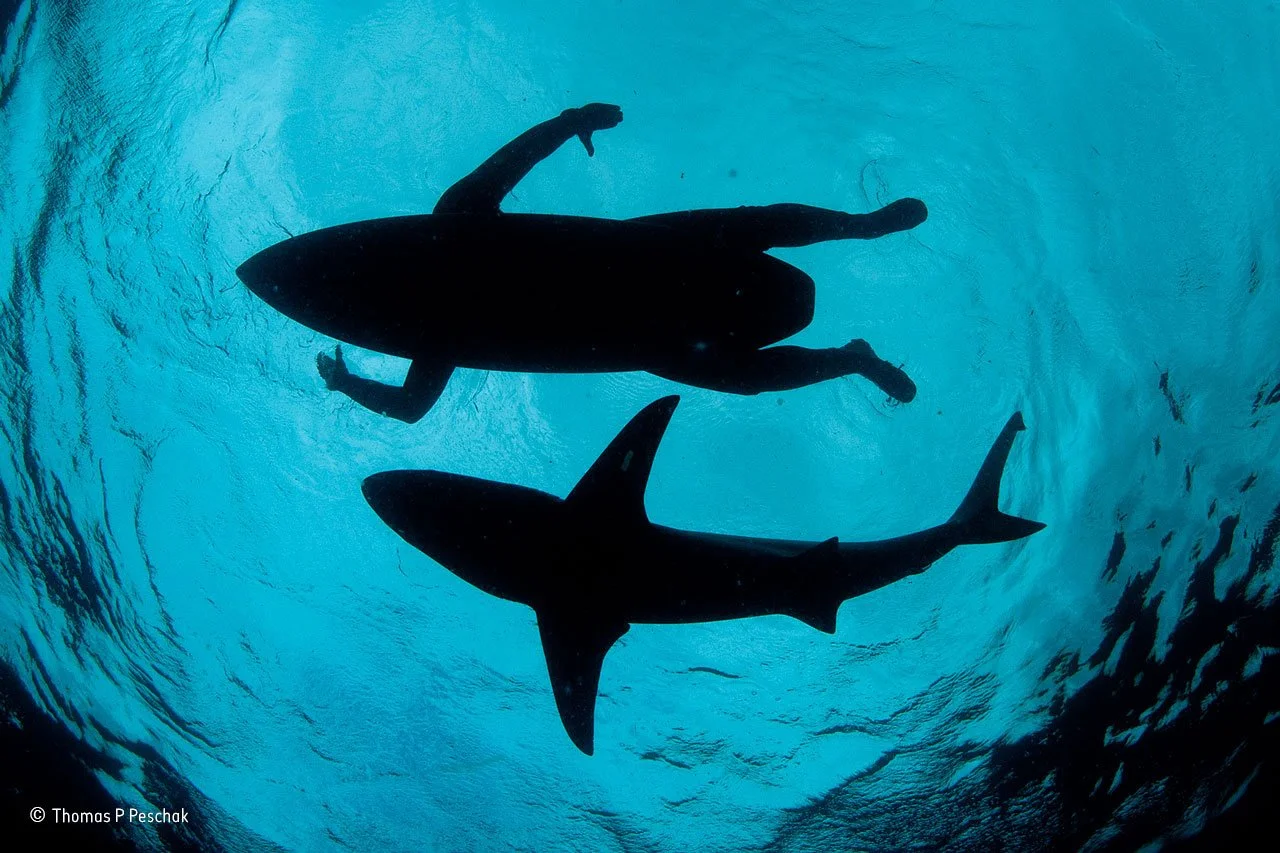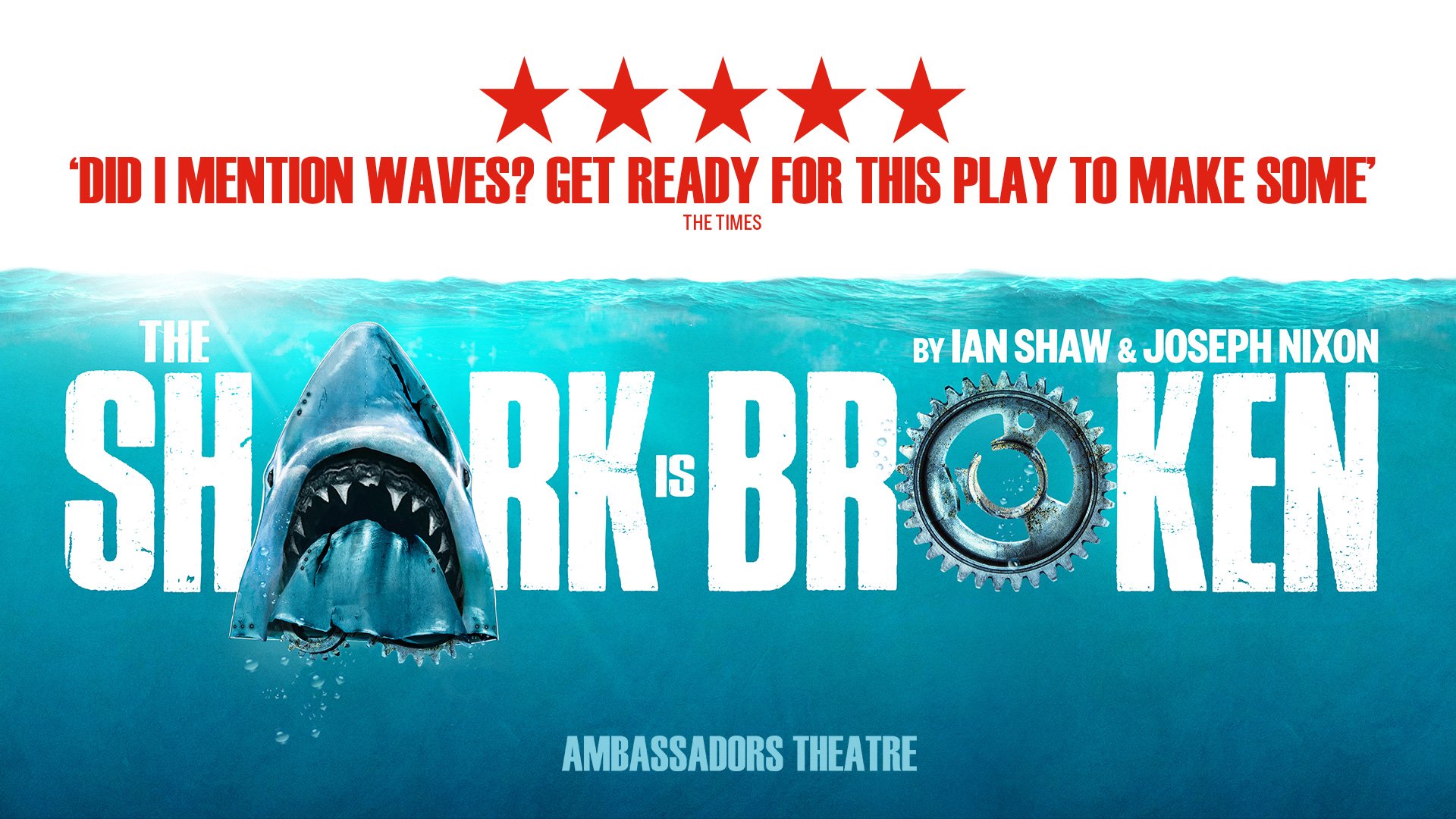GREAT WHITE SHARKS NOT MINDLESS KILLERS OF MAN... MORE A CASE OF MISTAKEN IDENTITY
Jaws and Hollywood has long painted sharks as relentless killers of humans, the shark from Jaws the Revenge even following the Brody family to the Bahamas!
It's long been suggested that many unprovoked attacks on humans by sharks are opportunist - after all, we are in their domain - or that the shark is mistaking swimming in the water as the thrashing of an injured creature.
And we've all seen how the underwater view of a surfer doesn't look too dissimilar to that of a seal.
Well, now new research from Australia is showing that these apex predators aren't able to tell the difference between surfers and swimmers on the surface from their natural prey.
That makes a lot of sense, no it really does. It supports the (long established) theory that great whites don't actively seek out humans as prey, not that we ever thought they were laying in wait for us in the water.
Great whites are thought to be more successful in hunting prey at the water’s surface, which is where we like to play, so puts us in their path sometimes.
The study’s lead author, Dr Laura Ryan of Macquarie University, said: "They’re not these mindless killers, but we just happen to look like their food.
“We confirm the plausibility of the mistaken identity theory from a visual perspective, but sharks can also detect prey using other sensory systems.
“While it seems unlikely that every bite on a human by white sharks is a result of mistaken identity, in circumstances where surface objects, like surfers, are targeted from below, it is very possible.”
The reason for more great white shark attacks suddenly becomes clearer - well, unless you are a juvenile great white that is.
Research says they are responsible for a large number of attacks on humans, and crucially their eye sight hasn't yet fully developed. Hence the mistaken identity, or should that be mistaken bitedentity?
The team took the shot footage and removed all the colour information, replicating colourblindness and lowering the quality to imitate poor vision.
Seen through the shark filter, humans and seals were virtually identical.
Kristian Parton, resident shark expert and real-life Matt Hooper at The Daily Jaws, who is also a Masters of Science by Research, said: This new study confirms our long standing theory that mistaken identity plays a major role in shark bite events around the world. Of course, there are the occasional exceptions - but the overwhelming evidence points to the fact that humans aren’t really on the menu for sharks.
Dr Ryan said: “As the shark grows, the eye becomes bigger – and as the eye becomes bigger, they also can see more detail.”
Great white sharks are listed in the top three species of sharks that have been responsible for attacks on humans, with tiger sharks and bull sharks completing the trio.
More research is now being done on these species to see how the attack patterns on humans can be better understood, which could not only save the lives of people in the water, but also help save the reputation of sharks as maneaters.
The research has been published in the journal Royal Society Interface.
Words by Dean Newman
Quote Kristian Parton, Masters of Science by Research
If you would like to contribute a guest blog, please visit our ‘work with us’ page




